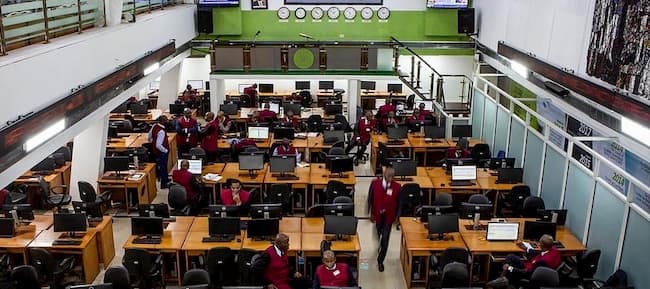The World Bank has trimmed its 2016 global growth forecast to 2.4 per cent from the 2.9 percent pace projected in January.
This development is as a result of the slow growth in advanced economies, low commodity prices, weak global trade, and diminishing capital flows.
According to the latest update of its Global Economic Prospects report, commodity-exporting emerging market and developing economies have struggled to adapt to lower prices for oil and other key commodities, and this accounts for half of the downward revision.
Growth in these economies is projected to advance at a meager 0.4 percent pace this year, a downward revision of 1.2 percentage points from the January outlook.
World Bank Group President Jim Yong Kim said: “This sluggish growth underscores why it’s critically important for countries to pursue policies that will boost economic growth and improve the lives of those living in extreme poverty.”
“Economic growth remains the most important driver of poverty reduction, and that’s why we’re very concerned that growth is slowing sharply in commodity-exporting developing countries due to depressed commodity prices.”
Commodity-importing emerging markets and developing economies have been more resilient than exporters, although the benefits of lower prices for energy and other commodities have been slow to materialise.
These economies are forecast to expand at a 5.8 per cent rate in 2016, down modestly from the 5.9 per cent pace estimated for 2015, as low energy prices and the modest recovery in advanced economies support economic activity.
Among major emerging market economies, China is forecast to grow at 6.7 per cent in 2016 after 6.9 percent last year.
India’s robust economic expansion is expected to hold steady at 7.6 percent, while Brazil and Russia are projected to remain in deeper recessions than forecast in January. South Africa is forecast to grow at a 0.6 percent rate in 2016, 0.8 of a percentage point more slowly than the January forecast.
A significant increase in private sector credit – fueled by an era of low interest rates and, more recently, rising financing needs – raise potential risks for several emerging market and developing economies, the report stated.
to quadruple.













